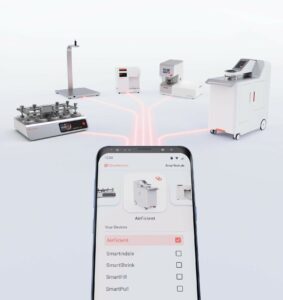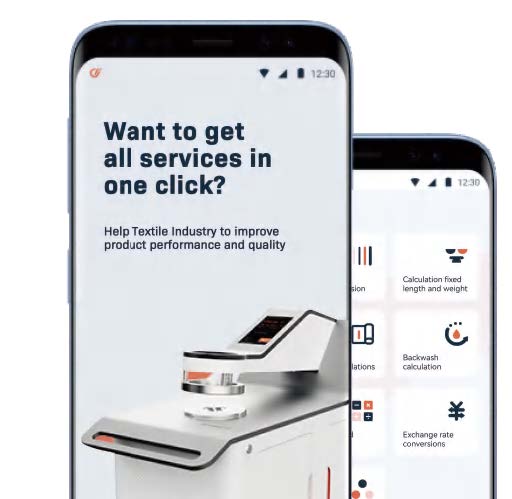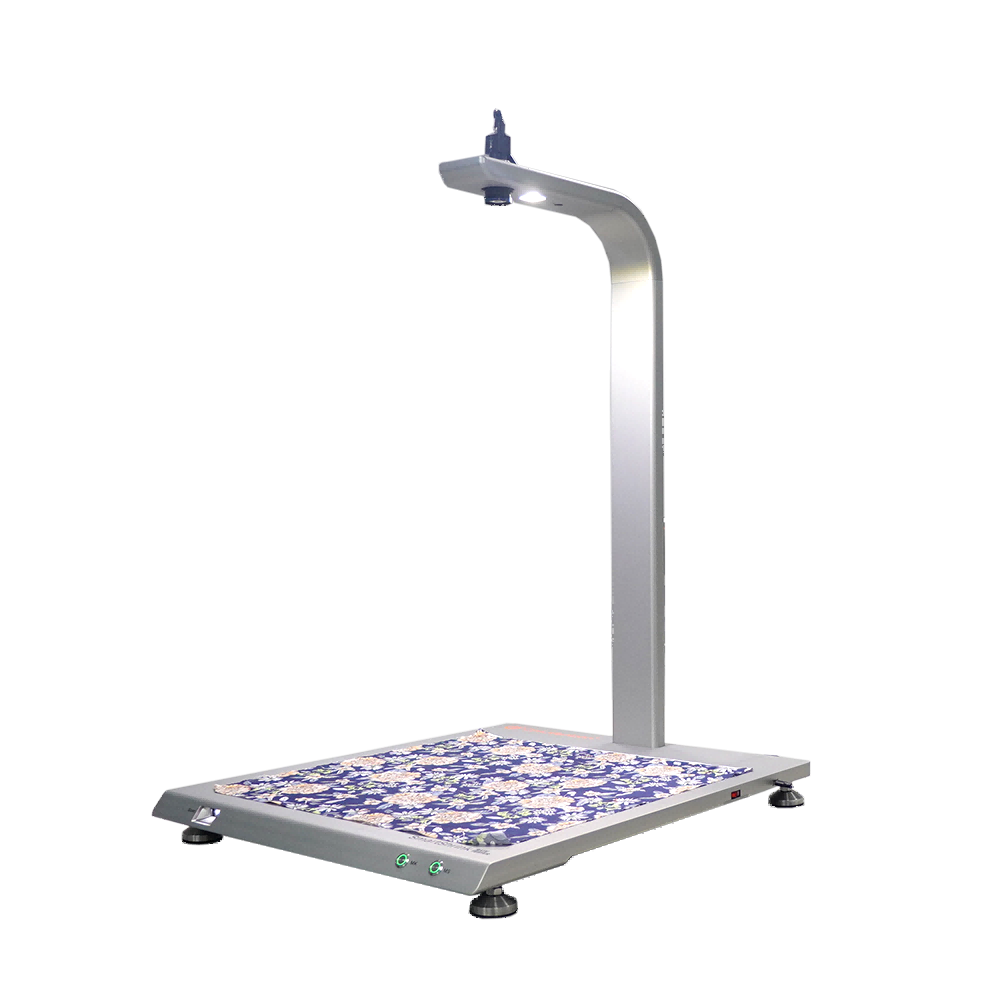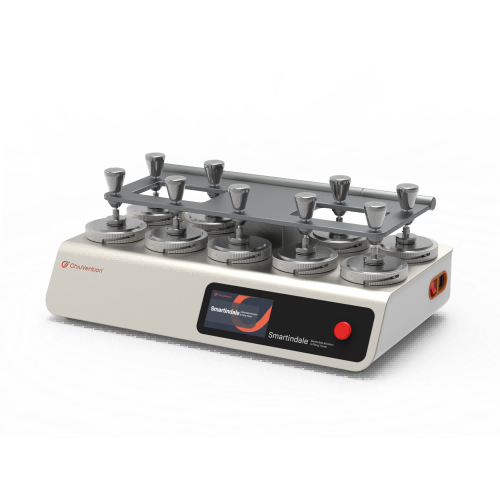Digital future of Textile Testing
The digital future of textile testing is not just about improving efficiency but also about creating smarter, more sustainable, and customer-focused testing processes. By leveraging the latest in automation, AI, IoT, and other digital technologies, textile testing will continue to evolve, ensuring that the textiles of the future meet the highest standards of quality, sustainability, and performance.
The digital future of textile testing is being shaped by advancements in technology that are transforming traditional testing methods into more efficient, accurate, and data-driven processes. Here’s a look at how digitalization is influencing textile testing:
1. Automation and Robotics
- Automated Testing: Automation is replacing manual testing processes, improving consistency and reducing human error. Robotic systems can handle repetitive tasks such as tensile strength tests, color fastness, and abrasion resistance, providing more reliable results in less time.
- Speed and Efficiency: Automated systems can perform multiple tests simultaneously, significantly speeding up the testing process and reducing turnaround times.

2. Smart Sensors and IoT Integration
- Real-time Monitoring: Internet of Things (IoT) devices and smart sensors are being integrated into testing equipment to monitor textile properties in real time. This allows for continuous testing and quality control throughout the production process.
- Predictive Maintenance: IoT-enabled testing machines can predict maintenance needs, reducing downtime and ensuring that testing equipment remains in optimal condition.
3. Digital Twins and Simulation
- Virtual Prototyping: Digital twins of textile materials allow for virtual testing and simulation before physical production. This can reduce the need for physical samples and allow for rapid iteration in the design and development stages.
- Simulation Tools: Advanced simulation tools can predict the behavior of textiles under different conditions, reducing the need for extensive physical testing and accelerating the development process.
4. Artificial Intelligence (AI) and Machine Learning
- Data Analysis: AI and machine learning algorithms can analyze vast amounts of data from textile tests to identify patterns, optimize testing protocols, and predict performance outcomes.
- Quality Prediction: Machine learning models can predict the quality of textiles based on initial test results, allowing for early intervention if issues are detected.
5. Advanced Imaging and Scanning Technologies
- 3D Scanning: 3D imaging and scanning technologies enable detailed analysis of textile surfaces, structures, and defects. This provides more accurate assessments of factors like texture, weave, and fabric integrity.
- Non-Destructive Testing (NDT): Advanced imaging allows for non-destructive testing, where textiles can be analyzed without being damaged, preserving the sample for further testing or use.
6. Blockchain for Transparency and Traceability
- Supply Chain Transparency: Blockchain technology is being used to track and record testing results and certifications throughout the textile supply chain. This ensures transparency and traceability, which is increasingly important for verifying the sustainability and ethical production of textiles.
- Tamper-proof Data: Blockchain provides a secure and immutable record of test data, which can be valuable for compliance and quality assurance purposes.
7. Cloud Computing and Data Management
- Centralized Data Storage: Cloud-based platforms allow for centralized storage and management of test data, making it accessible from anywhere and enabling real-time collaboration among teams.
- Big Data Analytics: Cloud computing facilitates the use of big data analytics to identify trends, optimize processes, and make data-driven decisions in textile testing.
8. Sustainability and Eco-friendly Testing
- Eco-conscious Methods: Digitalization is enabling more sustainable testing practices, such as reducing waste, energy consumption, and the need for physical samples. Virtual testing and simulation tools also contribute to minimizing the environmental impact.
- Circular Economy: Digital tools help in evaluating the recyclability and environmental impact of textiles, supporting the shift towards a circular economy.
9. Regulatory Compliance and Standards
- Digital Certification: As textile testing becomes more digital, the process of certification and compliance is also evolving. Digital platforms are being used to streamline the certification process, ensuring that textiles meet international standards efficiently.
- Real-time Compliance Monitoring: Digital tools enable real-time monitoring of compliance with regulations, reducing the risk of non-compliance and ensuring that products meet the required standards.
10. Customer-Centric Testing
- Customization: Digital tools allow for more customized and consumer-driven testing, where specific consumer needs and preferences can be tested and incorporated into the textile design and production process.
- Feedback Loops: Digital platforms enable direct feedback from consumers, which can be integrated into testing and development processes to ensure that products meet market demands.
Sign up for advice
- Hotline0902 596 388
- emailsale1@amitec.com.vn








